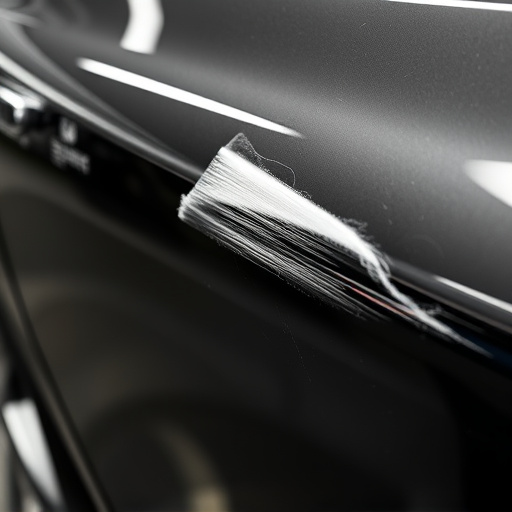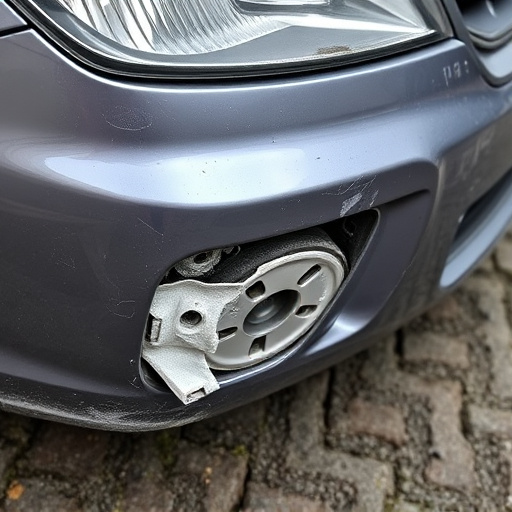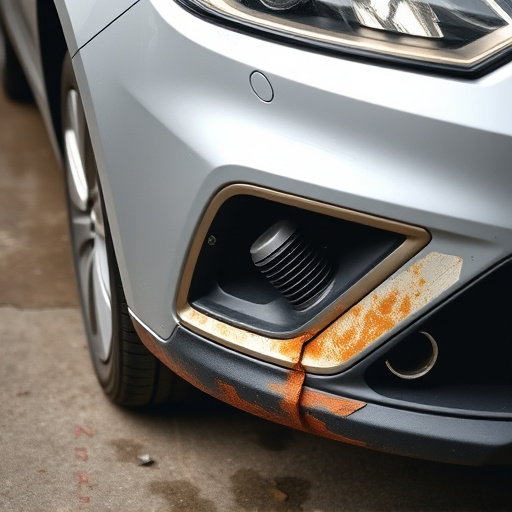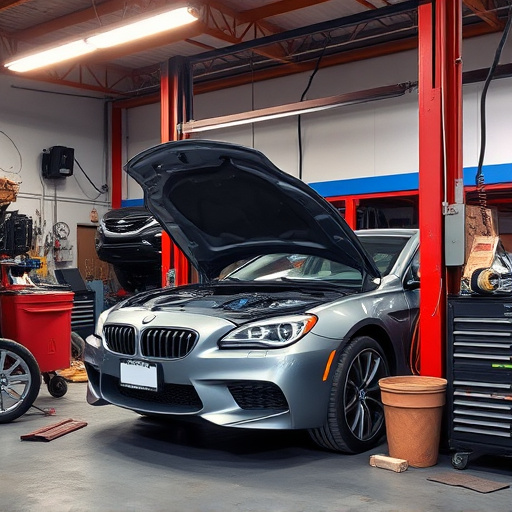Maintaining consistent service quality in auto body repairs is challenging due to variables like labor, material, and environmental factors. A transparent repair process, clearly communicating each step, significantly mitigates these issues, fostering trust and ensuring high-quality service. This approach boosts customer satisfaction, improves communication, reduces errors, speeds up turnaround times, and enables businesses to maintain a competitive edge. Regular staff training, leveraging technology for efficiency, and data analytics further enhance quality and customer loyalty.
In today’s competitive market, maintaining service consistency is paramount for businesses. However, repairs often pose significant challenges, leading to inconsistent customer experiences. This article explores the transformative power of a transparent repair process on service delivery. We delve into the issues plaguing traditional methods and highlight how open communication enhances trust and satisfaction. Additionally, we provide actionable strategies for seamless integration and continuous improvement, ensuring your business thrives through consistent excellence in repairs.
- Understanding Service Consistency Challenges
- Benefits of Implementing Transparent Repair Process
- Strategies for Seamless Integration and Continuous Improvement
Understanding Service Consistency Challenges

Maintaining service consistency is a significant challenge for many businesses, especially in sectors like automotive repair and restoration. Auto body shops often face issues with ensuring every job meets the same high standards, which can lead to inconsistent customer experiences. This problem is particularly acute when it comes to processes like auto painting, where factors such as skilled labor, material quality, and environmental conditions play a crucial role in outcomes.
The absence of a transparent repair process exacerbates these challenges. Customers are often unaware of the intricacies involved in automotive restoration, making it difficult for them to gauge the quality of work. This lack of transparency can result in varying levels of service, with some customers receiving superior repairs while others face subpar results. Implementing a transparent repair process, where every step is clearly communicated and documented, can significantly mitigate these issues, fostering trust and ensuring that every auto body shop client receives consistent, high-quality service.
Benefits of Implementing Transparent Repair Process

Implementing a transparent repair process offers numerous advantages for auto collision centers and vehicle restoration services. By adopting this approach, shops can significantly enhance customer satisfaction and loyalty. When clients are kept informed about the scratch repair or vehicle restoration procedures, they feel more at ease, knowing their car is in capable hands. This transparency builds trust, as customers can track the progress of their repairs, understanding every step taken to restore their vehicle to its pre-accident condition.
Moreover, a transparent repair process improves overall service consistency. It ensures that every interaction with clients is open and honest, reflecting positively on the auto collision center’s reputation. This clarity in communication also helps reduce miscommunication and errors, leading to faster turnaround times and higher quality repairs. As a result, businesses can maintain competitive edge and foster long-term relationships with their customers.
Strategies for Seamless Integration and Continuous Improvement

Implementing a transparent repair process is just the first step; seamless integration and continuous improvement are key to maximizing its benefits in any auto repair shop. To ensure long-term success, shops should focus on creating a culture of open communication. This involves educating customers about their vehicle’s condition, explaining each repair step, and providing clear estimates – building trust and fostering loyalty. Regular training sessions for staff can help maintain high standards and keep them updated with the latest industry practices in auto body services and maintenance.
Additionally, leveraging technology plays a significant role in continuous improvement. Auto repair shops can employ digital tools to streamline processes, improve efficiency, and reduce errors. Data analytics on repair trends, customer feedback, and vehicle performance can identify areas for enhancement, ensuring the shop stays ahead of the curve. By combining these strategies, auto body services can achieve consistent quality, enhance customer satisfaction, and solidify their reputation in a competitive market.
The adoption of a transparent repair process significantly enhances service consistency, fostering customer trust and satisfaction. By eliminating ambiguity in the repair landscape, businesses can ensure swift and reliable issue resolution, ultimately strengthening their reputation. Continuous integration of feedback and data from this process enables constant improvement, keeping services agile and efficient. Embracing transparency is not just a best practice; it’s a competitive advantage in today’s service-oriented market.














